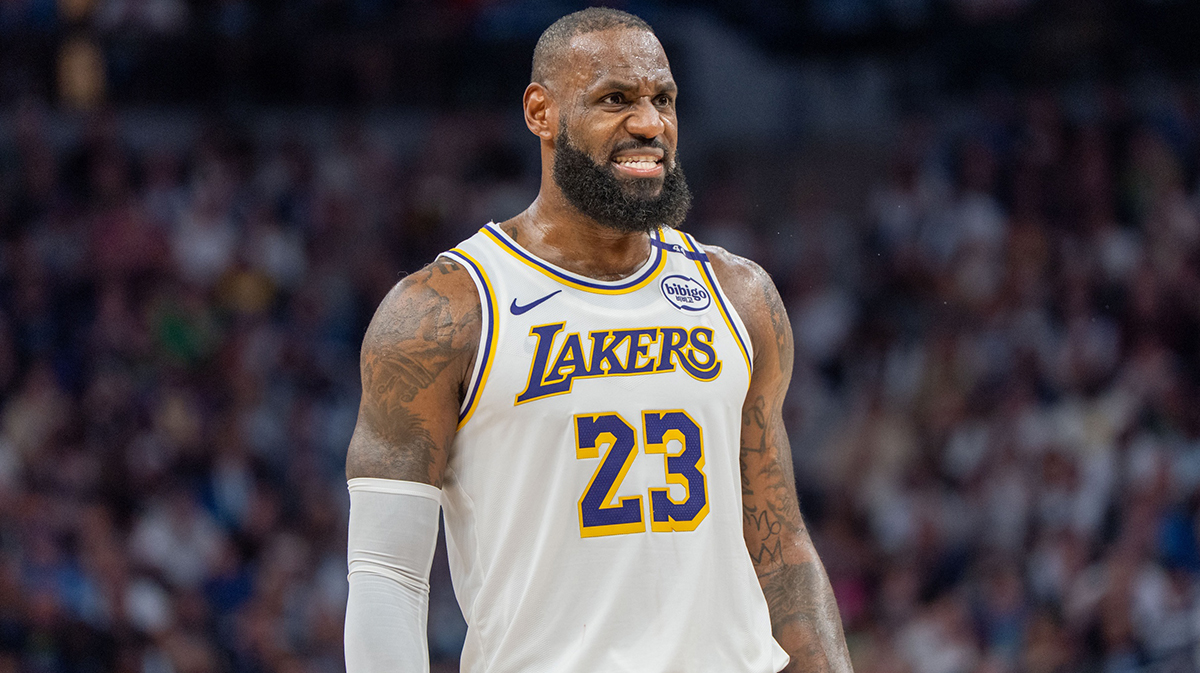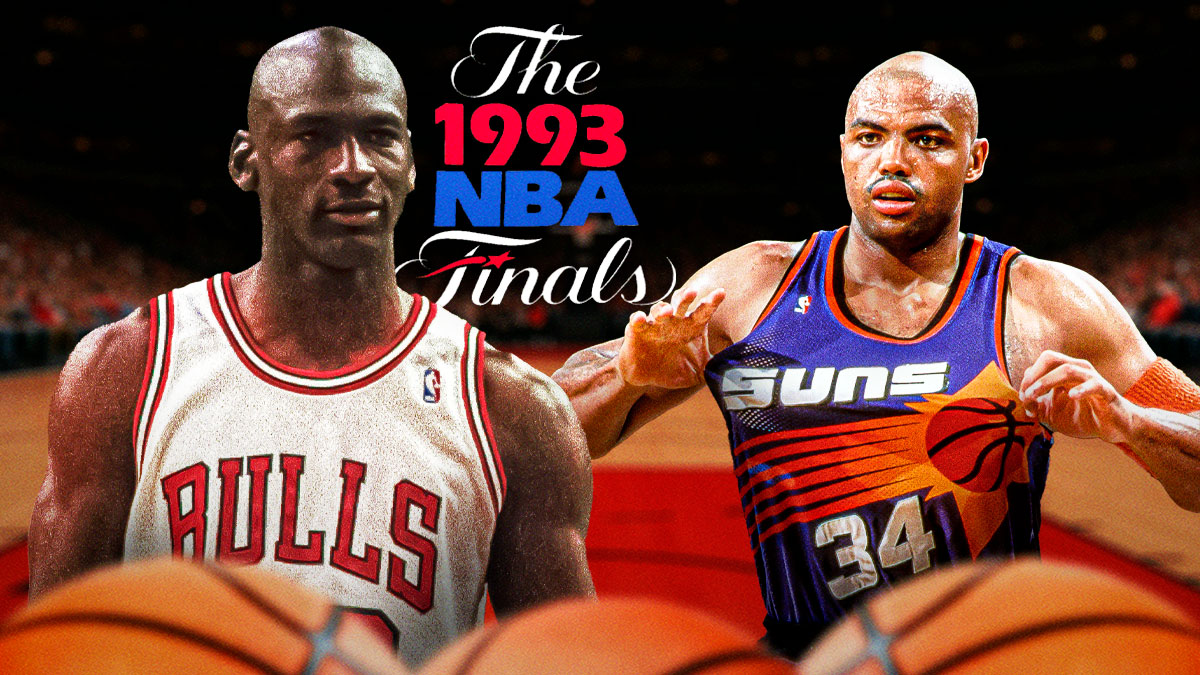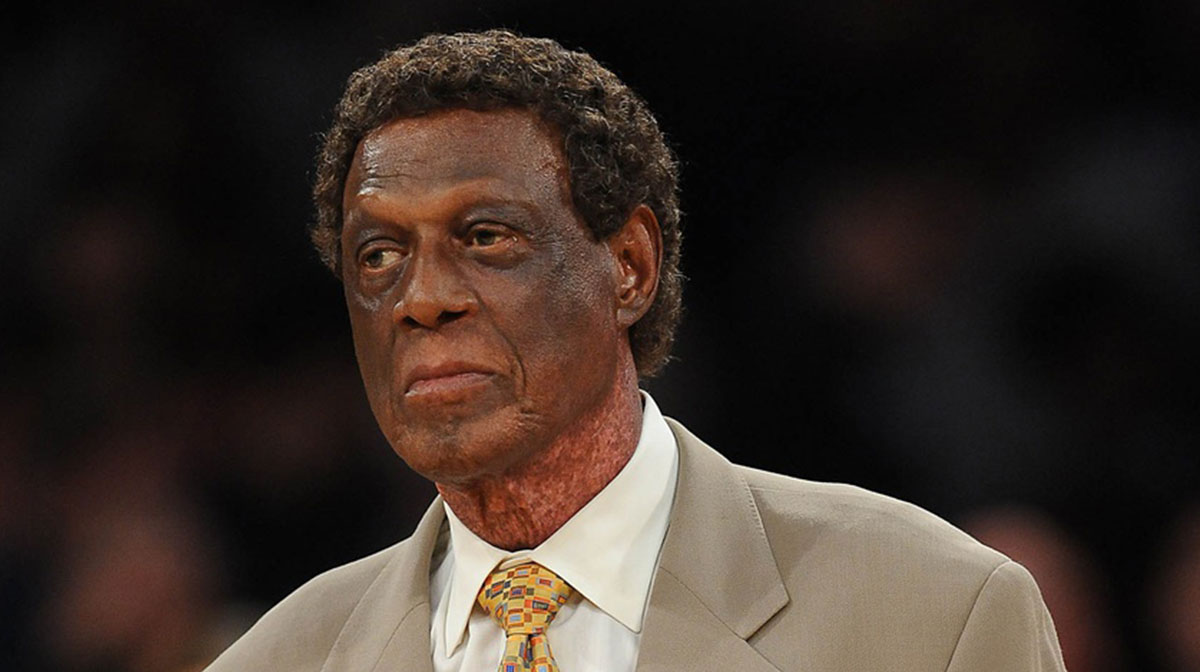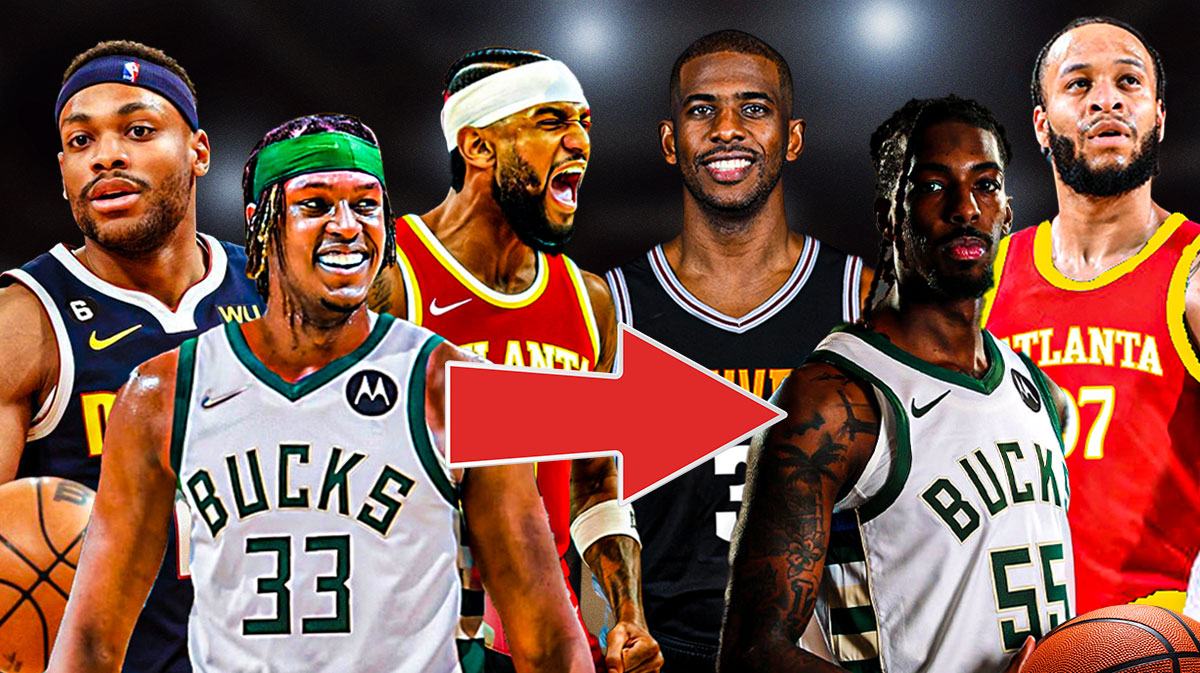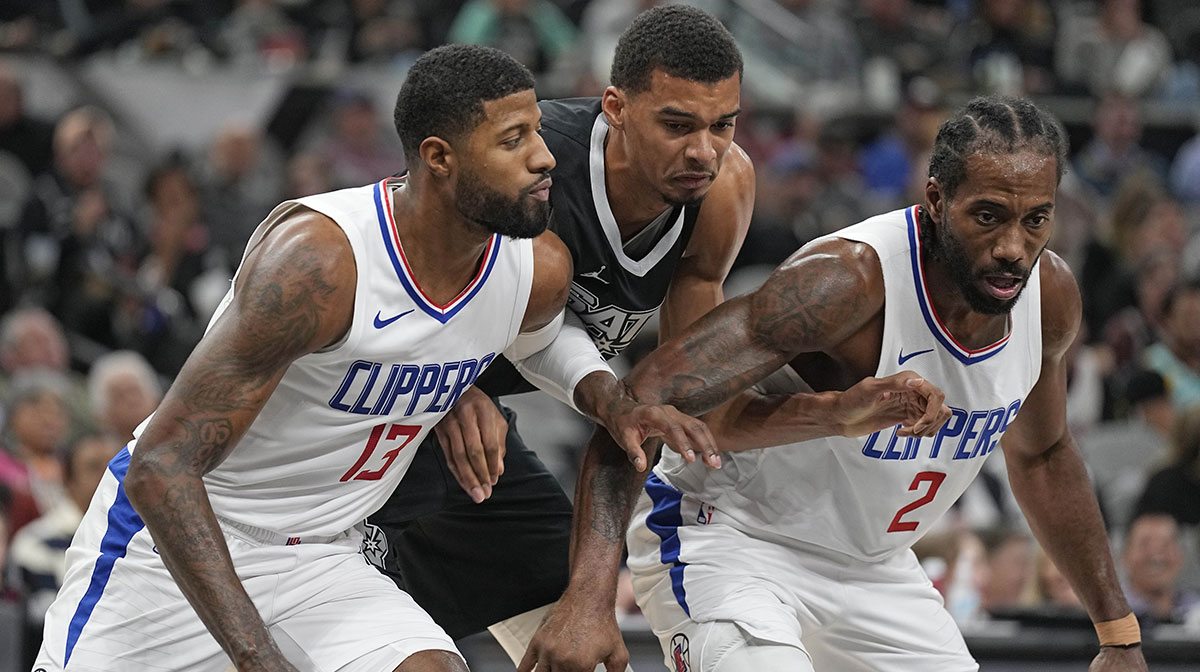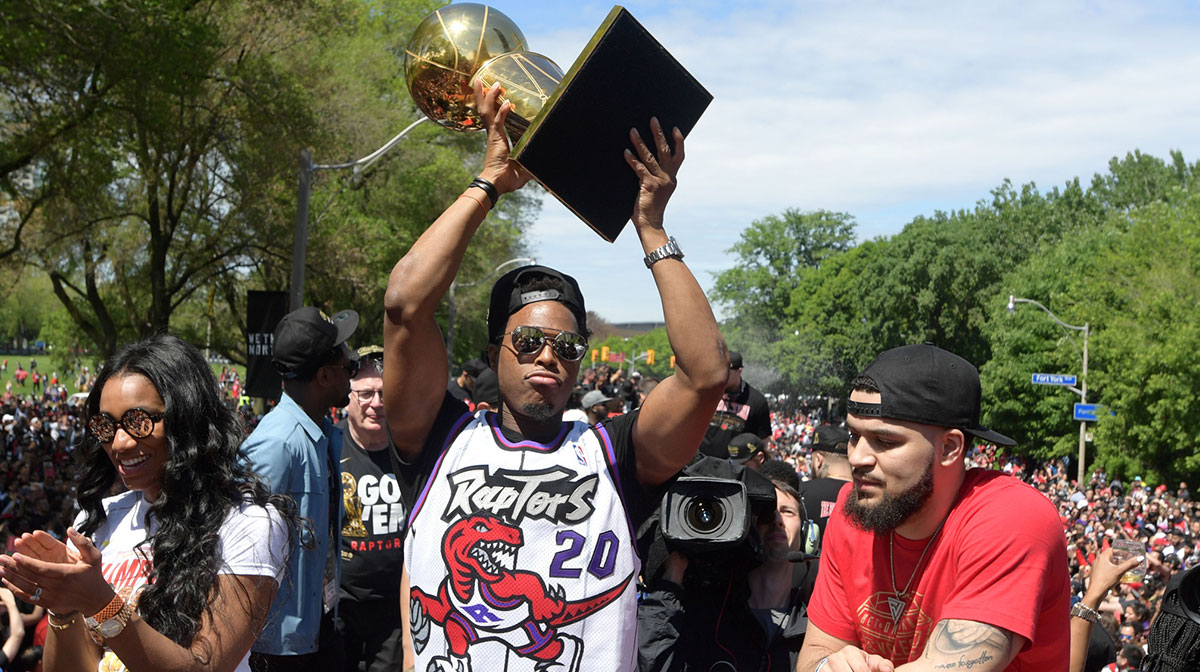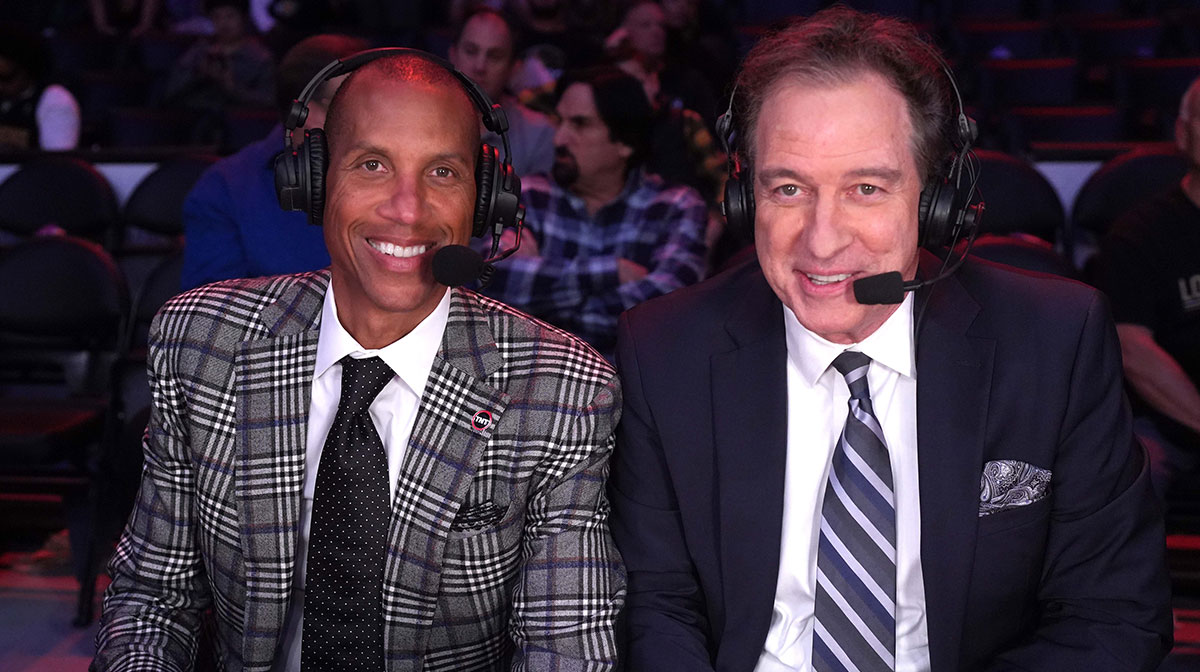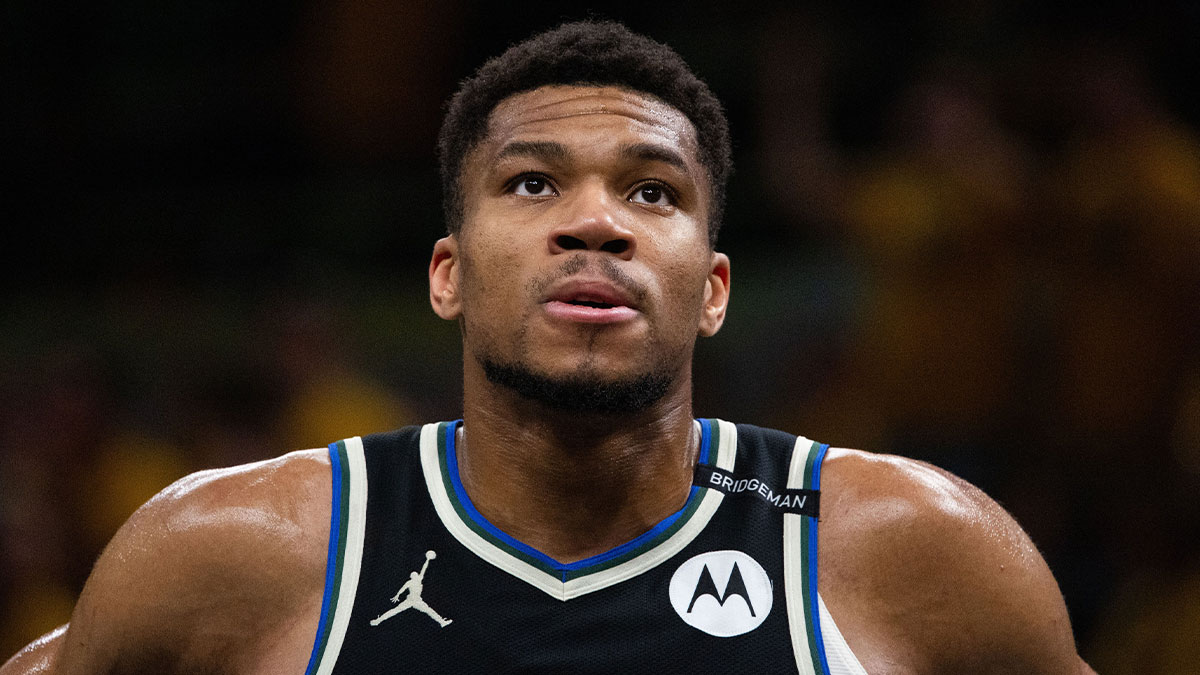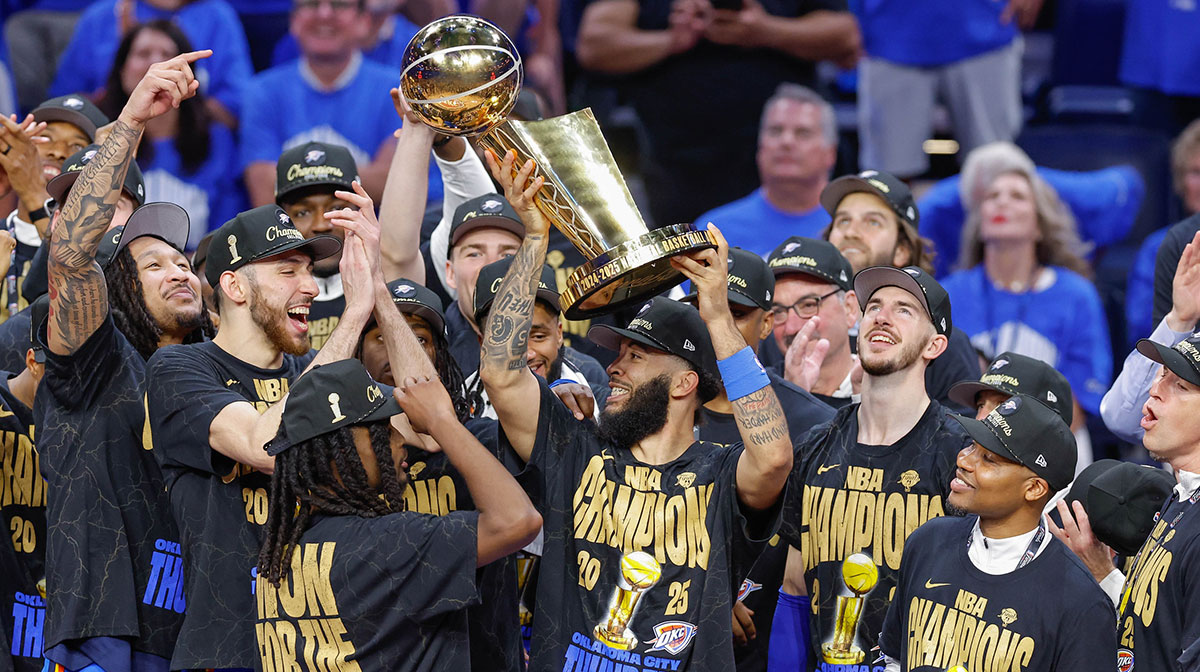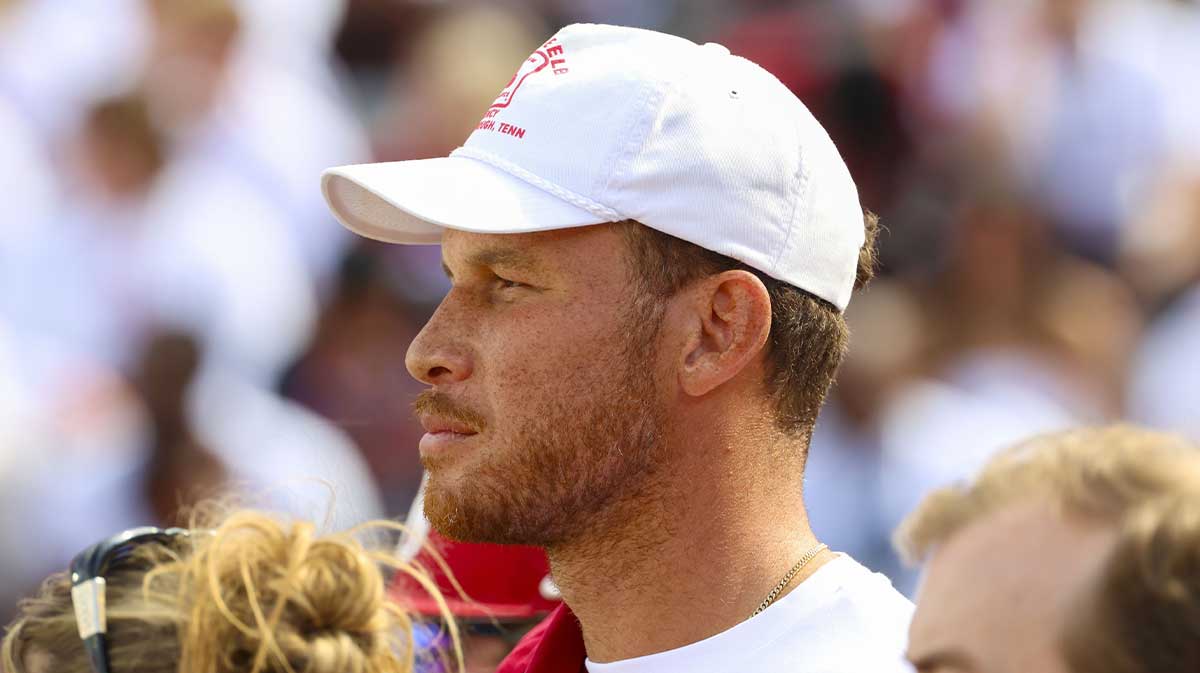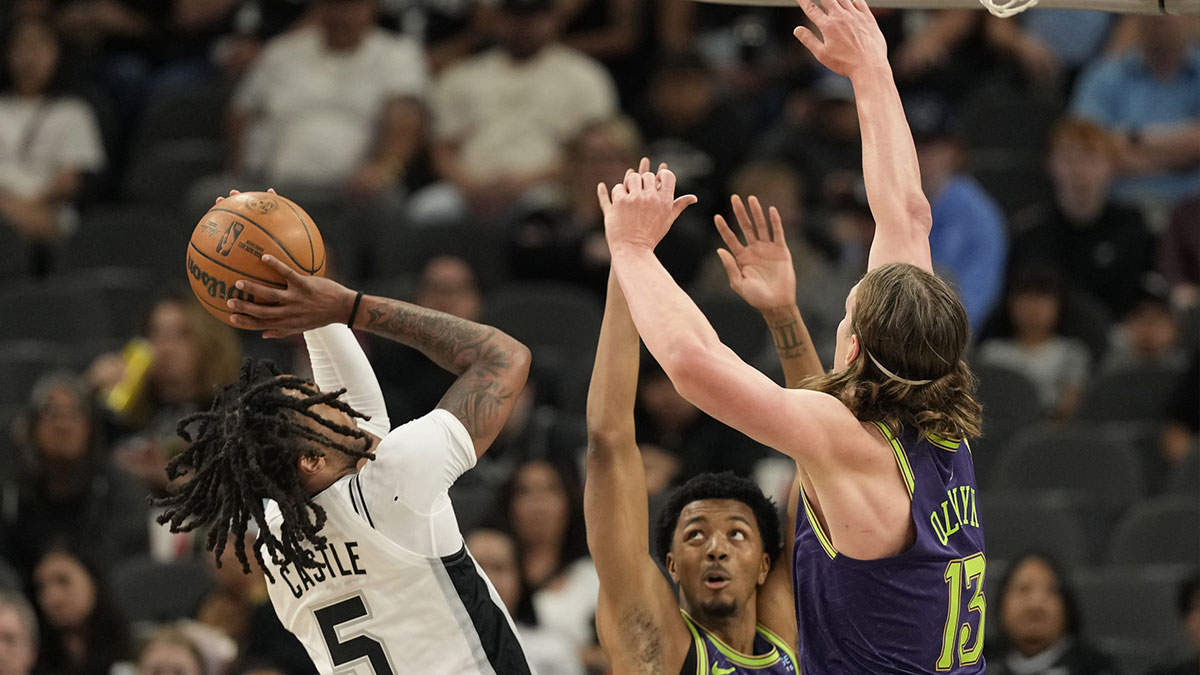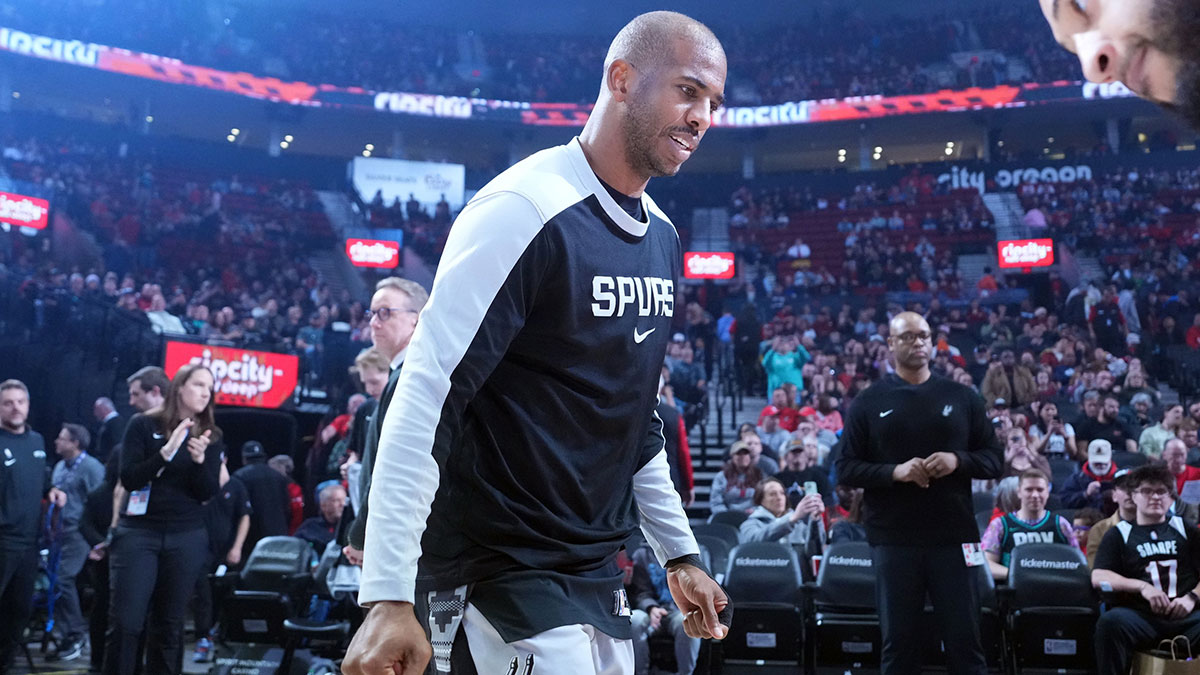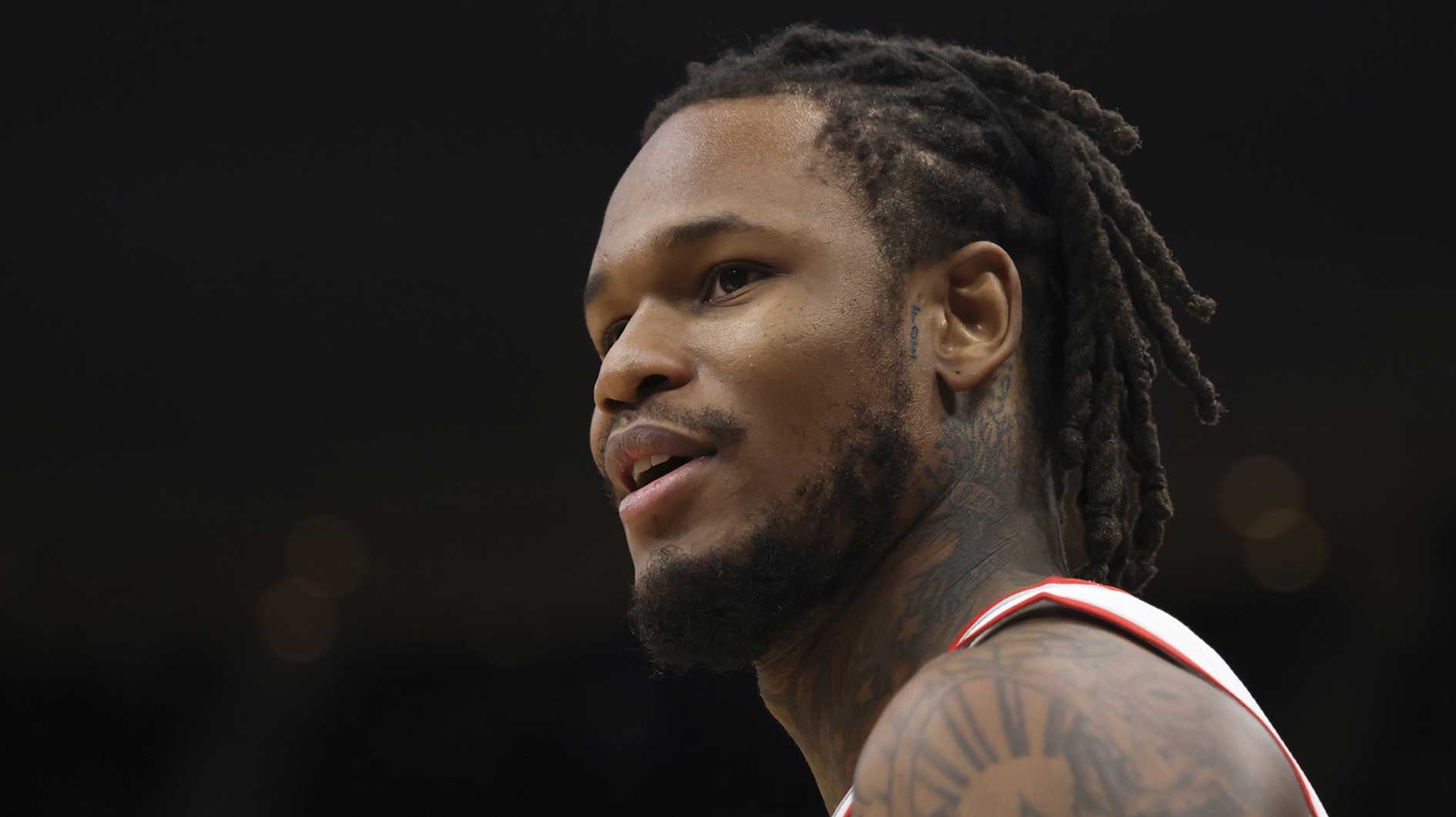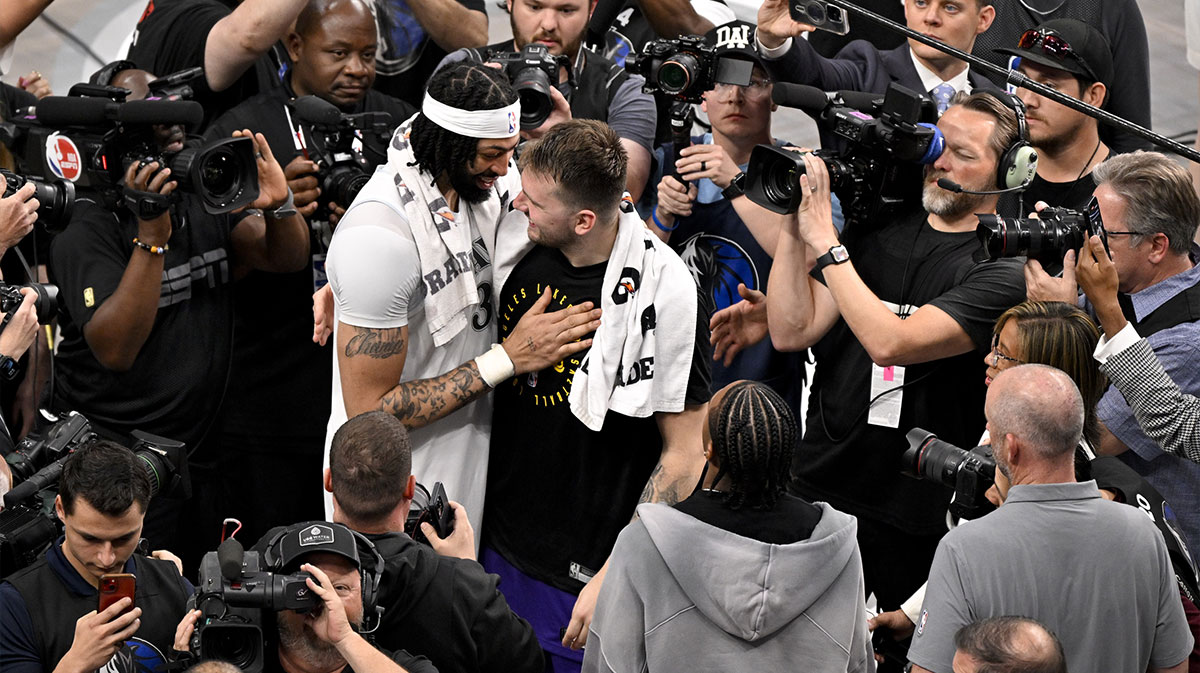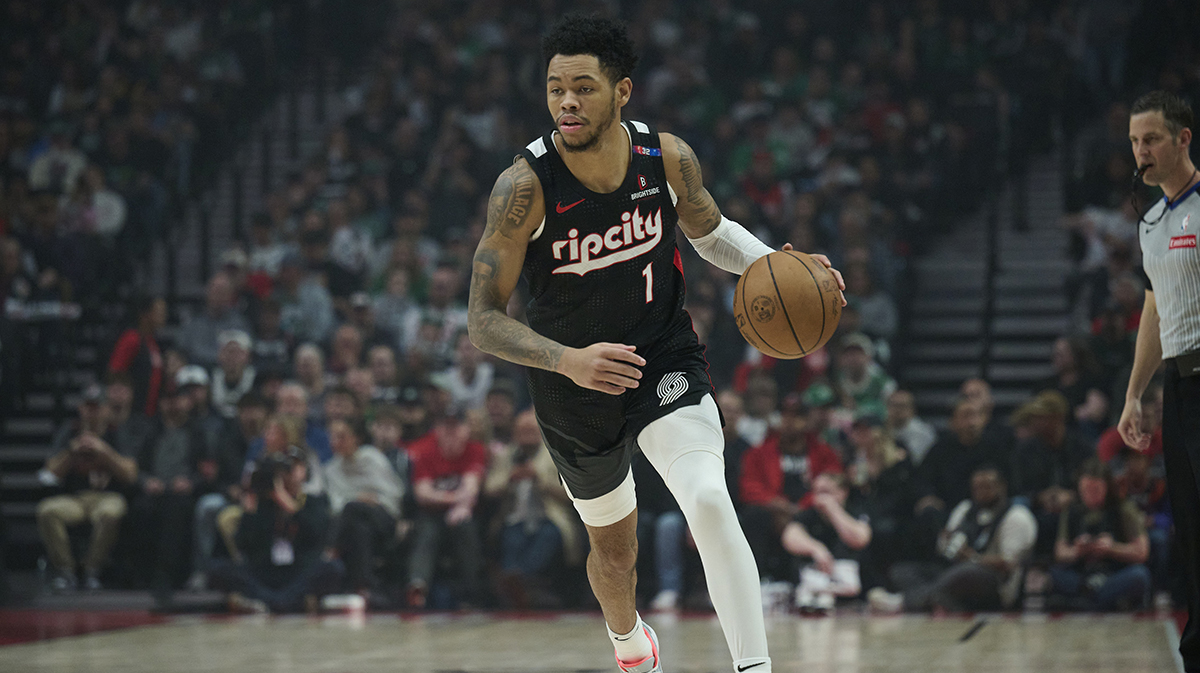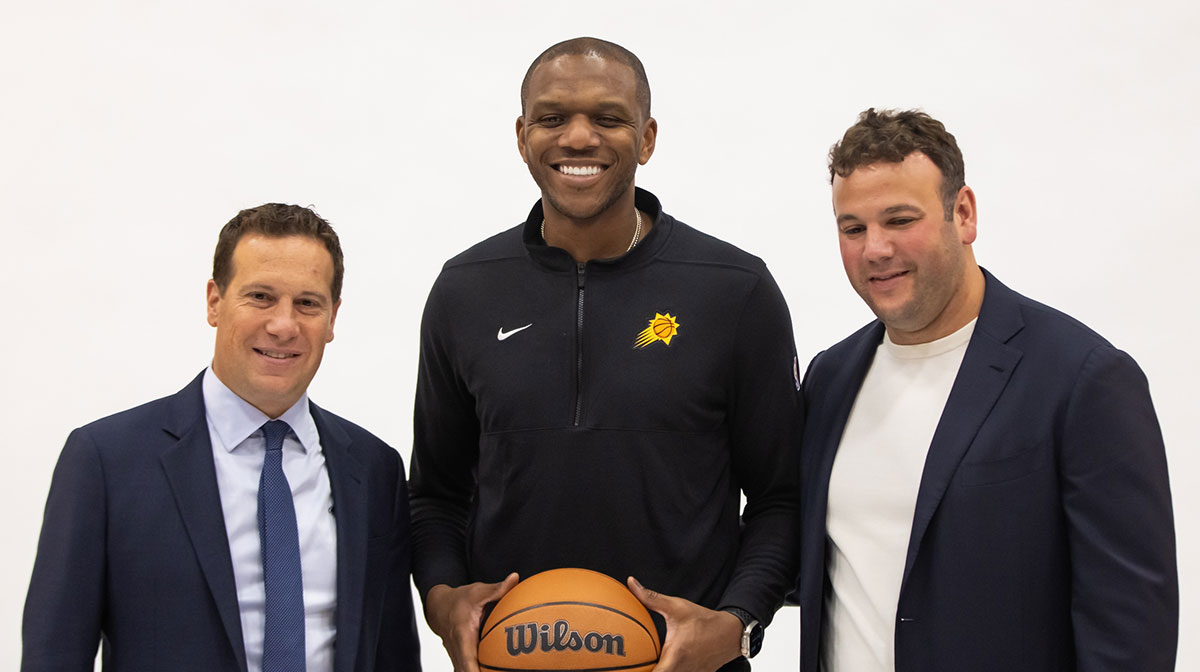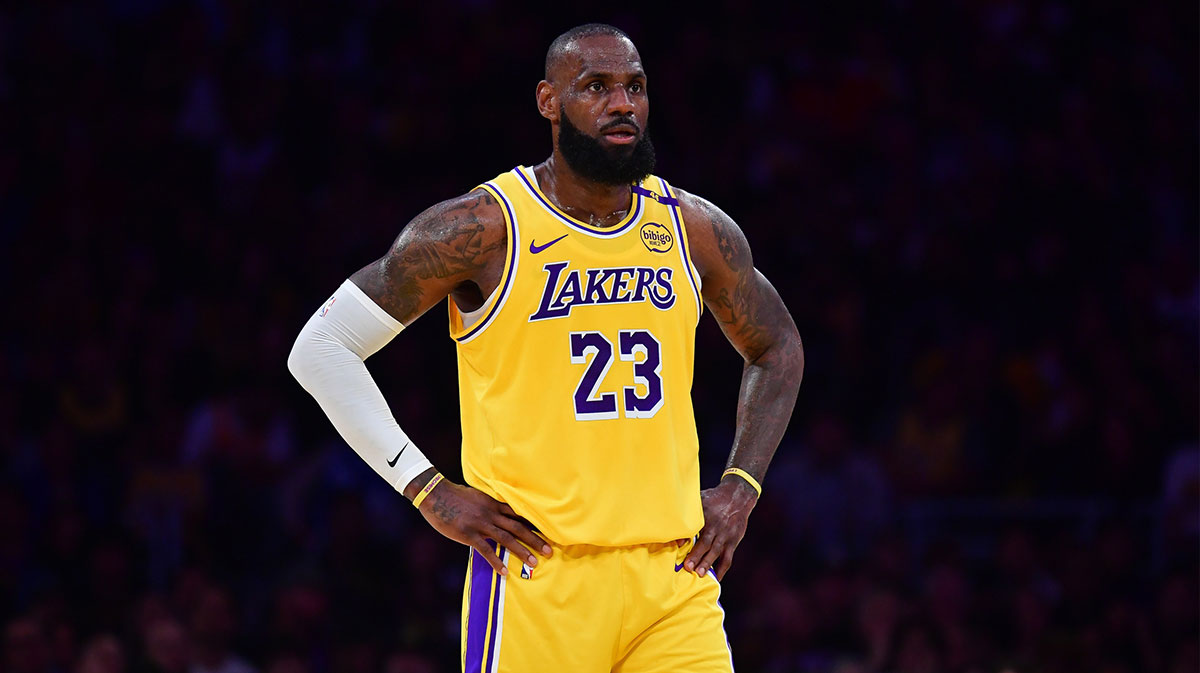With less than two weeks until the 2019 NBA Draft, the first-round picture is starting to take shape. This year’s crop has few jaw-dropping prospects and a slew of question marks, so several teams will take big risks on June 20th.
Beyond the first couple of picks, most of the lottery is still in flux. Where will NCAA finalists DeAndre Hunter and Jarrett Culver land? Which international prospects will land in the first round? Which Gonzaga star will come off the board first? Almost nothing is in stone yet.
Here are our closest projections of what every first-round team will do with their selection. These picks are based on the prospects’ tangible potential, pre-draft performances and each team's tendencies.
*Stats and draft order updated as of June 7
1. New Orleans Pelicans: Zion Williamson, Duke PF (6-7, Fr.)
Fortune smiled on the Pels, so they will draft the most coveted prospect in the last half-dozen years. Acquiring Williamson will instantly reinvigorate the franchise both on the court and throughout the Big Easy.
In addition to his mind-melting physical prowess, Zion also offers promising skill development, competitive juice and a marketable personality. If New Orleans tries to win over Anthony Davis as David Griffin indicated, it could run out some fun lineups that include Zion, the Brow and Jrue Holiday. If the Pelicans deal AD, then Zion remains an exciting piece of the reloading process.
2. Memphis Grizzlies: Ja Morant, Murray State PG (6-3, So.)
The Ja-to-Griz scenario has picked up steam since the lottery results came out, and it’s not hard to see why Memphis would tab the mid-major superstar. Morant’s combination of playmaking and scoring creativity look tailor-made for a lead-guard role in the NBA.
The Grizzlies could groom the neophyte with Mike Conley in the near future, then hand the reins to Morant when they part ways with the veteran. While Morant needs to sharpen his decision-making, iron out his jumper and become more consistent on defense, he has the all-around talent and moxie to excel.
3. New York Knicks: R.J. Barrett, Duke G/F (6-7, Fr.)
It’s convenient that Barrett has the highest upside on the board, because the Knicks need more wing scoring. Duke’s southpaw slasher is far from a finished product, but he has top-shelf physical gifts and budding shot-creating and playmaking potential.
I’m not letting Barrett off the hook for his freshman shortcomings. He lacks polish in several departments, including some tunnel vision and unreliable jump-shooting. Fortunately, he has the foundational tools to be the multidimensional swingman New York is thirsting for.
4. Los Angeles Lakers: DeAndre Hunter, Virginia F (6-7, So.)
No one should be surprised if the Lakers target Darius Garland or Jarrett Culver at this spot. We’ll give Hunter the nod for now, because L.A. will likely value his elite defense and promising shooting. He’s the most versatile defender in this class, and his playing style and skill set could work seamlessly next to LeBron James, Lonzo Ball, Kyle Kuzma and Co.
Hunter shot nearly 44 percent from three-point range this season, feasting primarily on spot-up attempts. At worst, he’ll be a floor spacer. He’s also shown flashes of attacking the rim off the bounce, but I’m not sold on him shaking NBA defenders consistently.
5. Cleveland Cavaliers: Cam Reddish, Duke F (6-8, Fr.)
The superstar comparisons for Cam Reddish are unfair to the young Blue Devil. Picking him in the top five, however, is not out of the question. His mix of shooting talent, size and agility could make for a long, productive career.
The Cavaliers need to swing for the fences on a prospect with high upside, and that’s what Reddish offers. The downside is that he could be a wildly inconsistent weapon. Last season, his assertiveness and shot-making wavered, and he struggled to score at the tin in traffic. Can he shake the doubts surrounding him in a new situation?
6. Phoenix Suns: Darius Garland, Vanderbilt PG (6-4, So.)
Even if this isn’t the perfect match for Phoenix, it’s the likely choice if Vandy's youngster is still unpicked. Garland is the best prospect on the board and he addresses the Suns’ guard deficiencies. As long as his meniscus issues are minor, he’s well worth a high-lottery selection.
The Commodores' standout could complement Devin Booker superbly, especially on offense. He has advanced ball-handling skills for his age and a pretty good feel for facilitating, so he would take some shot-creating pressure off Booker. Garland is equally comfortable as a shooter, so he could space the floor when it’s Devin’s turn to initiate the offense. Can this backcourt hold its own defensively? That’s much iffier.
7. Chicago Bulls: Coby White, North Carolina PG (6-4, Fr.)
White’s creative. He’s shifty. He’s 6-foot-5. And he can shoot it. North Carolina's freshman floor general has a lot going for him, especially in a draft that doesn’t have many exciting guards outside of Ja Morant and Darius Garland.
The Bulls will take a flyer on the young Tar Heel thanks to his mix of scoring and promising playmaking. Although he didn’t post crazy assist numbers or display advanced floor general skills, White showed a knack for breaking down defenses and finding open teammates. White also exhibits fluidity in pick-and-rolls.
He’s a bit closer to NBA-ready when it comes to getting separation for scoring opportunities and hitting catch-and-shoot triples. Chicago will also benefit from his defensive quickness, alertness and intensity. He might only be able to guard 1.5 positions, but he’ll do it well.
8. Atlanta Hawks: Jarrett Culver, Texas Tech F (6-7, So.)
This is the absolute farthest Culver could fall. If he’s still there at No. 8, the Hawks will gladly snatch him up and incorporate him into their dynamic rebuild. The NCAA runner-up doesn’t have one or two areas where he’s amazing, but instead is just pretty solid across the board.
His slashing, mid-range shooting and spurts of playmaking will all be useful for Lloyd Pierce, as will his defensive mastery. Culver’s smarts and skills as a stopper and team defender fueled Texas Tech’s NCAA-leading defense; he’ll check all sorts of guards and wings in the NBA.
9. Washington Wizards: Sekou Doumbouya, France F/C (6-9, 18 years old)
Doumbouya is arguably Europe’s top prospect in 2019, but there’s no doubt he offers the highest upside from the continent this year. The re-tooling Wizards need to add him to their long-term picture.
Armed with a strong, agile frame and blossoming offensive skills, Doumbouya is a rising standout for French club CSP Limoges. He’s shooting 48 percent from the field and 32 percent from the international arc this season, uncorking a growing supply of jump-shots, swooping drives and emphatic finishes. With continued improvement, he could play both the 4 and 5 spot offensively and guard up to three positions on defense.
10. Atlanta Hawks: Jaxson Hayes, Texas F/C (6-11, Fr.)
Texas’ freshman big man has rim-diving and rim-protecting talent that won’t likely go ignored past the top 10. Atlanta could use more long-term depth in the post, and Hayes could thrive alongside the Hawks’ young core.
He has superb anticipation and coordination on most catch-and-finish plays, and he can score forcefully or with finesse. While I wouldn’t classify him as a top-tier athlete, he moves quite well for his size and has great body control and depth perception around the bucket.
Hayes’ interior defense is as exciting as his offense, if not more. He notched 3.8 blocks per 40 minutes and a block percentage of 10.6 last season, thanks to great footwork, timing and aggressiveness.
11. Minnesota Timberwolves: Brandon Clarke, Gonzaga PF (6-8, Jr.)
Ryan Saunders’ squad could use some long-term frontcourt help, and Clarke offers well-defined contributions on offense and defense.
He’s undersized at 6-foot-8, but Clarke’s 99th-percentile athleticism (did you see his 40.5’ vertical leap at the combine?) will empower him to check both power forwards and centers. Clarke’s explosiveness is paired with excellent timing to erase tons of would-be buckets. He had a seismic block percentage of 11.3 in 2018-19, and he’ll challenge all sorts of slashers and rim divers in the NBA.
Clarke will have a modest, yet important scoring role in Minny’s offense. He’s adept at catching and scoring forcefully, and he also has soft touch on non-dunks. Don’t expect much more than rim-running and the occasional mid-range attempt.
12. Charlotte Hornets: Bol Bol, Oregon C (7-2, Fr.)
Manute Bol’s son is perhaps the riskiest big-name prospect in this draft. He has an ultra-slender frame, is coming off a navicular bone surgery and he doesn’t have a strong playing style.
However, once we get into the late lottery, a club like Charlotte is going to roll the dice. Why? The payoff could be tremendous. Bol is 7-foot-2 with a fluid shooting touch—he went 13-of-25 from beyond the arc in his nine-game stint with the Ducks. He also has good body control and accuracy on mid-post jumpers. And although his offensive aggressiveness wavers, he’s shown glimpses of shot-blocking that are hard to replicate.
13. Miami Heat: Romeo Langford, Indiana G (6-6, Fr.)
If Langford shot the three-ball a little better at Indiana, he’d probably be a high-lottery pick. But his unorthodox release and 27 percent mark from distance will keep him available past No. 10. His size and shot-creating maneuverability could be valuable for Miami’s backcourt and wing corps.
With a 6-foot-6 frame and a knack for weaving his way all around the floor, Langford will bring scoring punch to Erik Spoelstra’s attack. The jumper is still in question, but the Heat are the kind of team that will get the most out of him and magnify his strengths.
14. Boston Celtics: P.J. Washington, Kentucky F/C (6-8, So.)
Kentucky’s star forward produced more versatile offense in 2018-19 than he did as a freshman, and it significantly boosted his draft outlook. the Celtics will likely take a hard look at how his versatility could enhance their frontcourt.
Washington will be a valuable offensive weapon in the NBA, thanks to his interior scoring and improved shooting. The 6-foot-8 sophomore can convert post touches in traffic, short jumpers and runners in the lane and pick-and-pop jumpers. Part of his offensive value comes from his rebounding talent. Washington has great instincts and hands for o-boards, and he posted an offensive rebounding percentage of 10.0 last season.
15. Detroit Pistons: Kevin Porter Jr., USC G/F (6-5, Fr.)
Porter presents a notable amount of risk. His fundamentals on both ends of the court need lots of refining, and he was also suspended by USC midway through the season for an unknown reason. Nevertheless, his shot-creating and shot-making upside is a worthwhile investment for Detroit at this juncture.
Porter’s slashing skills are intriguing, and he owns top-tier athleticism and body control to finish at the rim. He posted the highest field-goal percentage at the rim (68 percent) in USC’s rotation, per Hoop-Math.com. Porter also has exciting stop-and-pop shooting footwork, and he went 28-of-68 (41 percent) from three-point range in 21 games last season.
16. Orlando Magic: Nickeil Alexander-Walker, Virginia Tech (6-5, So.)
Guard depth and overall floor spacing are two key areas Orlando must address this offseason. That makes Nickel Alexander-Walker a prime target at No. 16, because he addresses both concerns and is arguably the best prospect still on the board.
The Hokies’ combo guard shot 116-of-303 (38 percent) from long range in his two seasons in Blacksburg. He projects to be an above-average catch-and-shoot threat, but his off-the-bounce motion is a bit rigid. I’m most impressed by his playmaking improvement; as a sophomore, he did a nice job intermittently facilitating off screens.
17. Atlanta Hawks: Nassir Little, North Carolina F (6-6, Fr.)
What Nassir Little lacked in production and consistency for UNC, he’ll compensate with top-rung physical gifts and long-term growth for Brooklyn. He didn’t have a substantial opportunity in the Tar Heels’ rotation, but he’s looked impressive during the pre-draft process.
While Little didn’t unleash an extensive array offensive skills last season, he has the agility, dexterity and creativity to become a multidimensional scorer. At worst, his granite frame and explosive energy will make a dent as a rebounder, on-ball defender and open-floor finisher. Patience will pay off for Kenny Atkinson and Co.
18. Indiana Pacers: Keldon Johnson, Kentucky G (6-6, Fr.)
Indiana has a bunch of potential free agent departures in the backcourt this summer. Johnson won’t instantly replace the impact of veterans, but he’s a versatile asset for the future.
He can score from a bunch of different spots, including three-point range. Johnson attacks off the bounce a little bit, although he doesn’t have the smoothest handle and must be more efficient when attacking the rim.
Johnson’s defensive activity is also promising because he likes to be disruptive and challenge opponents. If his footwork and team execution improve, he’ll be a plus defender on the perimeter.
19. San Antonio Spurs: Grant Williams, Tennessee F (6-8, Jr.)
Thanks to his underwhelming foot speed and leaping, Williams may still be available in the late teens. He’s an absolute steal in that range, and the Spurs will wisely pluck him.
Williams is beneficial in so many ways. He’s a strong presence near the hoop as a post scorer, interior defender and rebounder, and that’s just scratching the surface. Williams also has a good looking shooting form that could gradually extend to three-land (he shot 15-of-46 in 2018-19), and he’s an alert passer from the high post.
Don’t let his unspectacular NBA Combine fool you. In the right system, he’s an invaluable two-way cog.
20. Boston Celtics: Cameron Johnson, North Carolina SF (6-9, Sr.)
Brad Stevens can plug Johnson into his offense and expect sharp execution and efficiency. Johnson is one of the older players in this class, so he’s polished and ready to collaborate with Boston’s playoff-ready crew.
Johnson combines an elite catch-and-shoot toolkit with effective pump-and-drive counters. He was the most accurate three-level scorer for Roy Williams, shooting 46 percent from deep, 42 percent on two-point jumpers and 73 percent at the rim (per hoop-math.com).The rest of his game isn’t outstanding, and his ceiling isn’t as high as some other wings in this class, which is why he’s available for the Shamrocks at No. 20.
21. Oklahoma City Thunder: Tyler Herro, Kentucky SG (6-6, Fr.)
Oklahoma City has been starving for adequate shooting for years now. Part of the answer to that predicament is drafting Kentucky’s budding 2-guard.
Herro shows encouraging potential as both an off-ball stretch man and as an off-the-dribble threat. He’s adept at sliding to open spots for catch-and-shoot buckets, and he also gets separation off the bounce. Herro shot quite efficiently for a freshman on a high volume of shots: He took 403 field goal attempts and made 46 percent of them, including 36 percent from deep and 66 percent at the rim (per hoop-math.com).
22. Boston Celtics: Talen Horton-Tucker, Iowa State G (6-4, Fr.)
I’m not sure I’ve ever seen a prospect quite like Horton-Tucker, and I mean that mostly in a good way.
The Iowa State standout used his thick, 6-foot-4 frame and ridiculously long arms (7-foot-1 wingspan) to create all manner of scoring chances. He has an awesome combination of strength and nimbleness that the Celtics could weaponize off the bounce. Horton-Tucker isn’t a higher pick because he lacks defensive agility and must prove he can shoot more consistently.
23. Utah Jazz: Rui Hachimura, Gonzaga PF (6-8, Jr.)
After showing intriguing improvement as a sophomore, Hachimura solidified his NBA Draft value as the Zags’ anchor throughout his junior year. He has a wide range of outcomes on draft night, and this is about as far as he’d slide.
Although he was a star for Gonzaga in the WCC, temper your expectations for him in the NBA. His lack of foot speed and defensive awareness may prevent him from excelling on defense. And on offense, he’ll likely be a role player who can supplement the Jazz offense as a post finisher and pick-and-pop option. He shot 45 percent on two-point jumpers last season (per hoop-math.com). If he expands his shooting range to beyond the arc, then his ceiling will get significantly loftier.
24. Philadelphia 76ers: Chuma Okeke, Auburn F (6-8, So.)
In some cases, being smooth and smart can compensate for underwhelming athleticism. That might be the case for Auburn’s Chuma Okeke, who will be on Philly’s radar in the late-first round.
Given the 6-foot-8 forward’s size, skill and acute feel for the game, he could be a valuable two-way contributor not long after he recovers from knee surgery. Okeke chipped in 16.5 points, 2.6 assists and 2.5 steals per 40 minutes for the Tigers during his breakout sophomore year.
Okeke’s smarts help him as an all-around stopper as well as a secondary playmaker. He reads the floor quickly as a help defender and shows promising footwork and hands. On the other end, his passing instincts are a tantalizing selling point for his role-player potential.
25. Portland Trail Blazers: Matisse Thybulle, Washington G/F (6-5, Sr.)
Thybulle might not be the best all-around player on the board at No. 25, but he’s almost certainly the best defender available. Rip City’s rotation of guards and wings needs a catalyst on that end, and Thybulle could give them 15-20 minutes of high-end stoppage.
He has upper-echelon agility and sees the floor extremely well defensively, albeit in Washington’s zone defense. Considering his tools and awareness, he will likely acclimate well to the NBA and effectively stymie 2’s and 3’s. His offense is a different story; if it’s not an easy dive to the rim or open three-pointer, he’s not too impressive.
26. Cleveland Cavaliers: Goga Bitadze, Georgia C (6-11, 19 years old)
Bitadze isn’t even 20 years old yet, and he’s already highly productive in the Adriatic League. He had three straight 20-plus point games in mid-May, flexing his knack for scoring around the rim as well as sprinkling in some jump shots. The Cavs are in a deep rebuild, and Bitadze will help them improve moderately in the near future and immensely down the road. He’s an awesome value pick this late in the first round.
27. Brooklyn Nets: Nicolas Claxton, Georgia C (6-11, So.)
Claxton is one of those cases of a strong NBA Combine paying dividends. The Bulldogs’ big fella showed how effective his 6-foot-11 frame is against other prospects, including a seven-block performance in one of the scrimmages.
The slender lefty has shown tangible potential as an offensive contributor and a low-post guardian. He moves extremely well for his size, and he has some shake to his scoring arsenal. Brooklyn could take a chance on him to be Jarrett Allen’s long-term replacement.
28. Golden State Warriors: Mfiondu Kabengele, Florida State F/C (6-10, So.)
Kabengele stuffed the stat sheet in his modest role for the Seminoles this past year, and followed it up with a good showing at the NBA Combine. He measured well, tested well athletically and shot the ball well. Golden State will value his activity on the glass, aggressiveness on defense and improvement from three-point range.
In his post-combine report, The Athletic’s Sam Vecenie noted that the 6-foot-10 forward has key traits on both ends that should earn him an NBA role: “…His combination of shooting and high-motor defense is terrific and fits the way the NBA is going.”
29. San Antonio Spurs: Bruno Fernando, Maryland C (6-10, So.)
Fernando is a sturdy presence in the paint, both as a pick-and-roll finisher and a rim protector. He has good elevation, coordination, and soft hands for most catch-and-score plays near the bucket. As a bonus, he’s shown development in one-dribble drives to the cup, as well as the beginnings of a perimeter jump shot.
Defensively, his feel and footwork aren’t airtight, yet he effectively contested a ton of shots at Maryland and cleaned up the defensive boards. San Antonio is one of his better fits and will take a close look at him late in the first round.
30. Milwaukee Bucks: Luka Samanic, Olimpija Ljubljana F (6-11, 19 years old)
No one helped themselves out more at the NBA Combine than Samanic, who is Croatia’s next fascinating prospect. He didn’t shine in the Adriatic League or Slovenian League this season, but his all-around combine performance might have catapulted him into first-round territory.
The teenage prodigy displayed smooth skills as a passer and shooter, as well as the instincts to rotate and blanket the floor defensively. Samanic is still young, so Milwaukee will have to be patient and perhaps even keep him in Europe for now.

